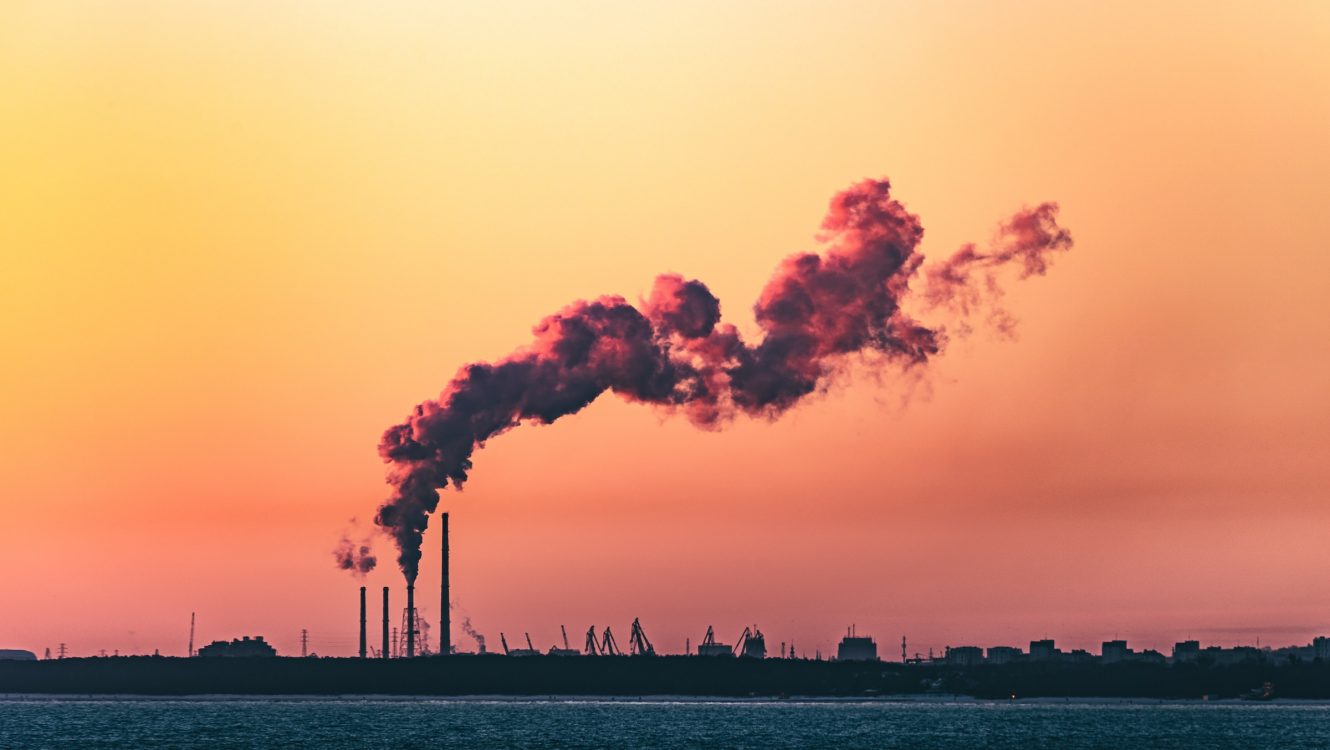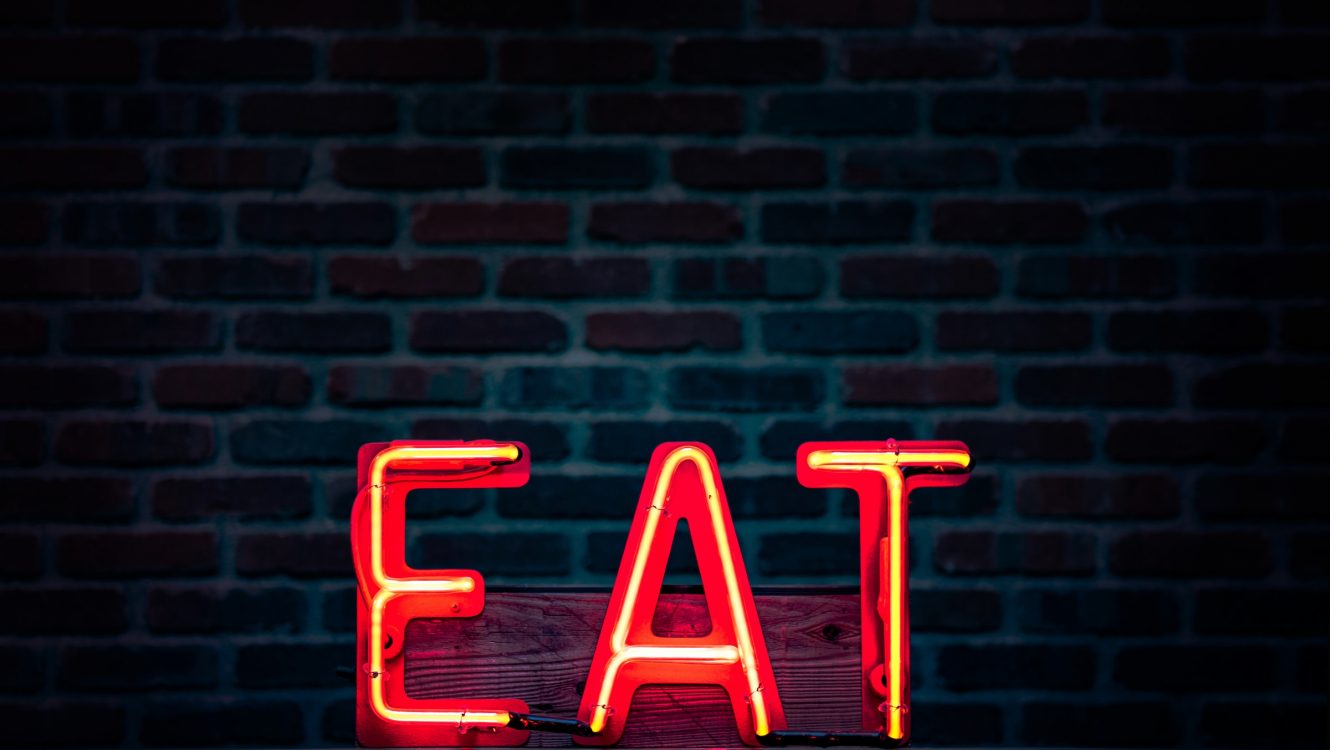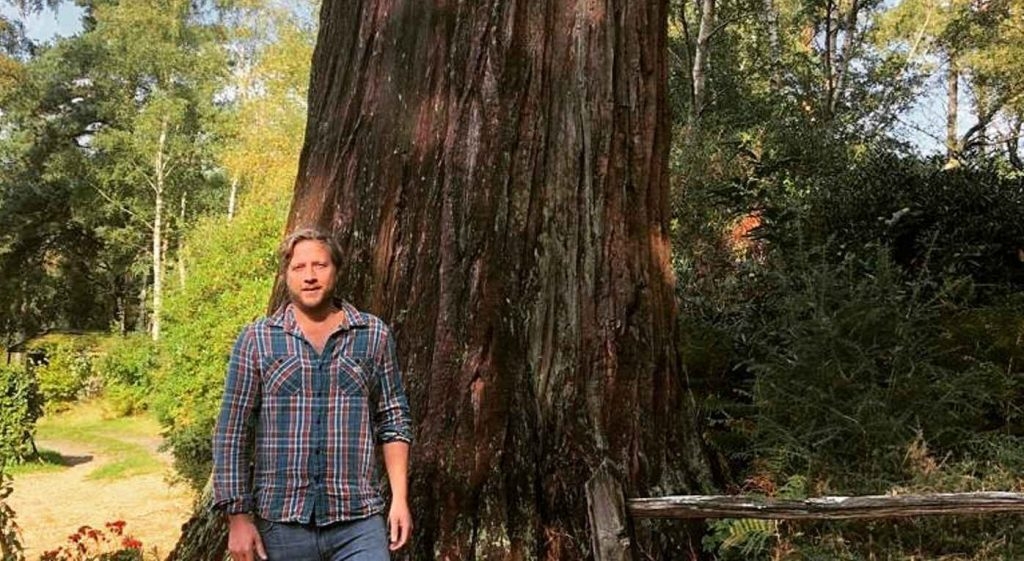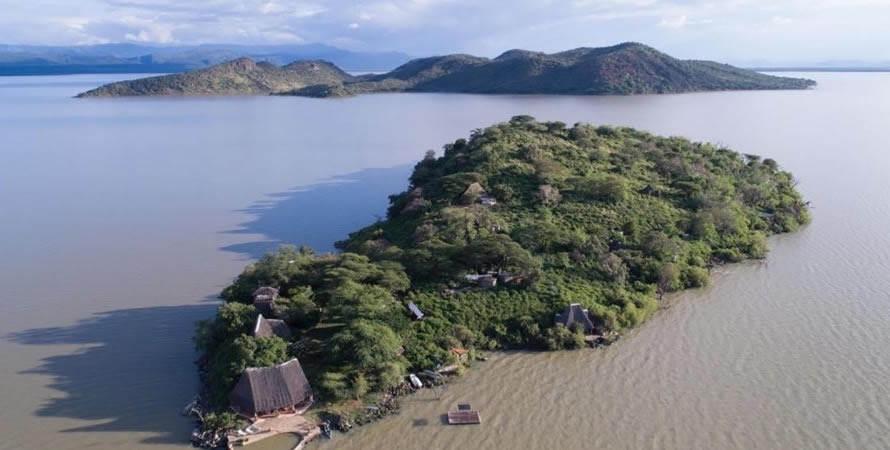IEA Report Warns: World on Verge of Becoming ‘Hostage to CO2 Capture’
The International Energy Agency (IEA) has issued a stern warning in its recent update on the 2021 energy sector roadmap: the world must accelerate the energy transition or risk being trapped by CO2 capture, thus jeopardizing the targets set by the Paris Agreement.
In the wake of global shifts, including the energy crisis exacerbated by Russia’s actions in Ukraine, the IEA’s insights come at a crucial juncture. The agency underscores that while there are signs of hope with advancements in clean energy technologies, the overall scenario remains precarious.
Rising CO2 Emissions Amidst Global Crises
The report paints a grim picture of the current energy landscape, highlighting that carbon dioxide emissions from the energy sector touched a new zenith last year. The ongoing geopolitical tensions and subsequent energy crisis, instigated by Russia’s war in Ukraine, have had profound implications for global energy dynamics and the pursuit of cleaner energy solutions.
However, amidst the challenges, the IEA acknowledges the silver lining: “The last two years have witnessed remarkable progress in conceptualizing, refining, and bringing to market key clean energy technologies.”
IEA’s Evolving Stance: From Caution to Alarm
A notable aspect of the IEA’s updated report is the agency’s evolving stance on fossil fuels. Merely two years ago, the agency advocated for a halt on fresh oil and gas-based projects. Fast forward to today, and the IEA is sounding an even louder alarm, pushing back against new fossil fuel proposals, even those from significant players like the United Kingdom and the European Union.
This shift underscores the agency’s growing concern about the trajectory of global energy policies and their alignment with the Paris Agreement’s goals. With increasing greenhouse gas concentrations and record-breaking temperatures, the call for urgent action has never been more pronounced.
The Double-Edged Sword of CO2 Capture
CO2 capture, or carbon capture and storage (CCS), is a technology that traps carbon dioxide at its emission source, preventing it from entering the atmosphere. While it’s seen as a pivotal tool in the fight against climate change, over-reliance on it can be problematic. The IEA’s warning suggests that without significant strides in reducing actual emissions, the world could become overly dependent on CCS, making it a crutch rather than a complementary solution.
Such a scenario poses economic, logistical, and environmental challenges. Over-reliance on CO2 capture could detract from investments in renewable energy sources, leading to continued fossil fuel usage and merely “capturing” the aftermath instead of preventing emissions in the first place.

Humanity must accelerate before it is too late
The Path Forward: A Global Call to Action
As nations grapple with geopolitical tensions, economic pressures, and the ever-looming threat of climate change, the IEA’s report is a clarion call for a unified global approach. Meeting the Paris Agreement objectives requires collective ambition, innovation, and action.
While the technological advancements in clean energy over the past two years are commendable, they represent just a fraction of the transformation required. As the IEA’s report emphasizes, the time for incremental steps has passed; the world now needs giant leaps toward a sustainable energy future.
©globalgreenhouse.eu










